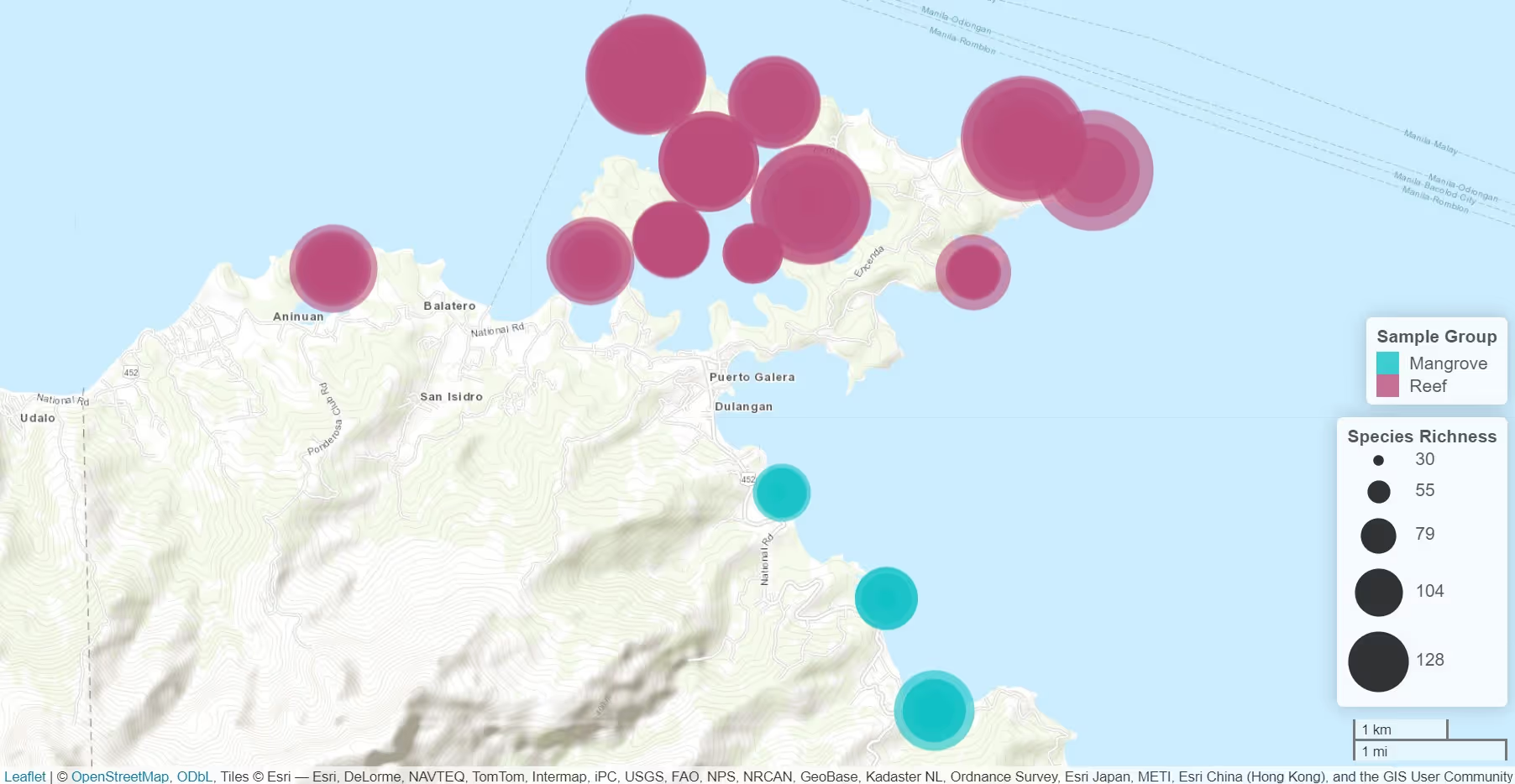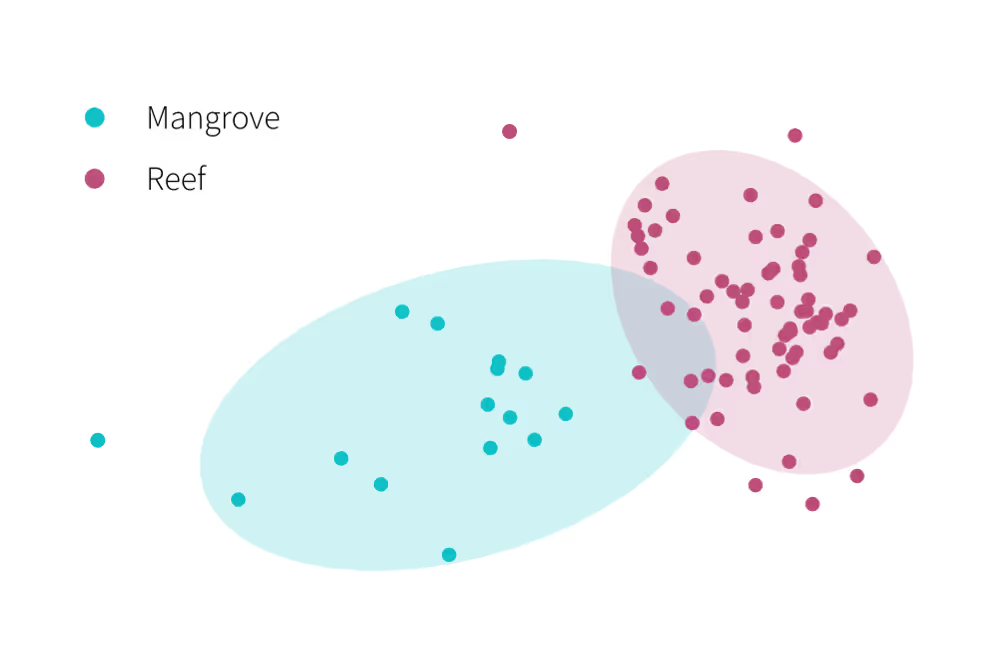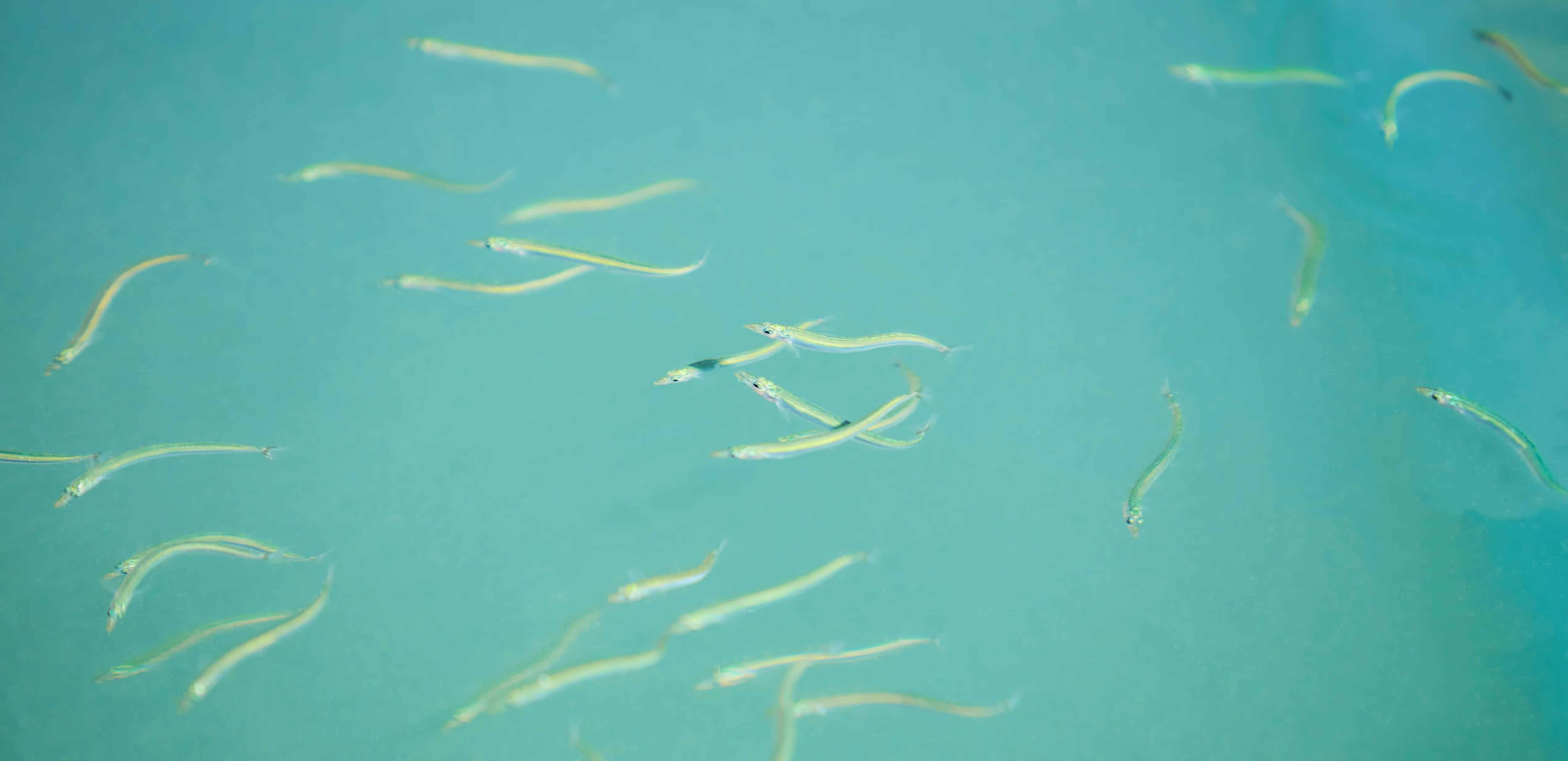Understanding biodiversity impacts of offshore Giant Kelp farming
Producing a comprehensive biodiversity baseline to evaluate the impacts of giant kelp farming over time and support the development of universal kelp ecosystem health metrics.
.avif)
A collaboration between
Project Snapshot
Overview
We are working with Kelp Blue and the Kelp Forest Foundation to evaluate biodiversity impacts of an offshore giant kelp farming pilot project off the coast of Namibia. Our data is providing a detailed biodiversity baseline and assessment of changes over time as the pilot farm develops.

The Challenge
Large-scale offshore kelp farming holds exciting promise for boosting biodiversity, creating sustainable jobs and products, and sequestering carbon. However, before scaling up, these potential benefits need to be demonstrated - and potential negative impacts need to be investigated too. For instance, it was unknown how wild and farmed kelp would interact, and critics were concerned about the threat of unintentionally introducing alien species.

Our Role
NatureMetrics provided training to the Kelp Blue team and eDNA kits were provided for monthly sampling by Kelp Blue staff and Namibian postgraduate students in and around the pilot site and control sites over two years as the farm developed.
Samples were analysed to provide data on taxonomic groups ranging from vertebrates to microorganisms, establishing a robust biodiversity baseline against which community changes can be monitored over time as the site develops.

The Findings
Vertebrate data included 25 fish species, including threatened species such as the Sun Fish (Mola mola; listed as Vulnerable on the IUCN red list), and endemics such as the Cape Elephantfish, a species of Chimera. Endangered African penguins and cormorants were also detected, along with several cetaceans including Humpback Whale and Heaviside’s Dolphin and the Cape Fur Seal.
Invertebrate data includes species as diverse as rock lobsters, urchins and sea stars, jellyfish and mussels.

The Impact
Ecological analysis of the data is already starting to yield insights around seasonal and spatial patterns of biodiversity. This is being combined with many other types of data being collected, building up a multidimensional picture of how the ecosystem is changing as the cultivated kelp matures.
The robust baseline empowered Kelp Blue to responsibly scale cultivation and will support the development of a universal kelp ecosystem health metric to inform kelp ecosystem conservation globally. The quantified biodiversity gains can unlock pioneering biodiversity credit finance, catalyzing investment in seaweed ecosystems and sustainable blue economies globally.
Additionally, by upskilling local teams in eDNA sampling methodologies, the project strengthened national capacity for science-based monitoring into the future.









.avif)